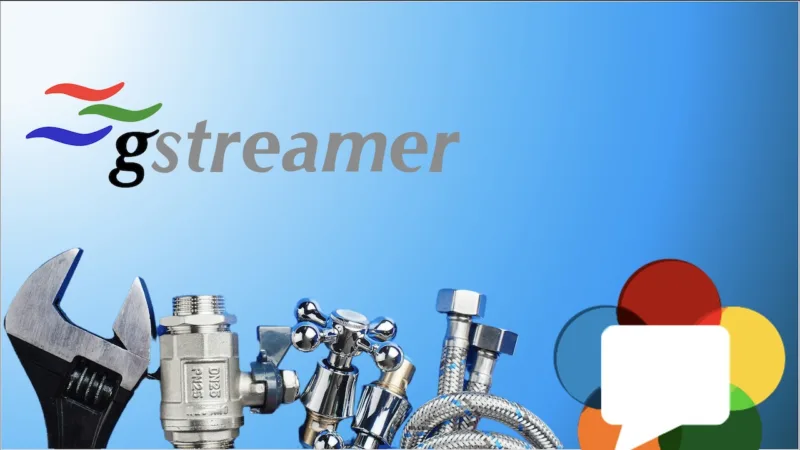WebRTC’s peer connection includes a getStats method that provides a variety of low-level statistics. Basic apps don’t really need to worry about these stats but many more advanced WebRTC apps use getStats for passive monitoring and even to make active changes. Extracting meaning from the getStats data is not all that straightforward. Luckily return author […]
WebRTC Plumbing with GStreamer
GStreamer is one of the oldest and most established libraries for handling media. As a core media handling element in Linux and WebKit that as launched near the turn of the century, it is not surprising that many early WebRTC projects use various pieces of it. Today, GStreamer has expanded options for helping developers plumb […]
Probing WebRTC Bandwidth Probing – why and how in gcc
Maximizing stream quality on an imperfect network in real-time is a delicate balancing act. If you send too much information then will cause congestion and packet loss. If you send too little then your video quality (or audio) will look like garbage. But how much can you send? One of the techniques used to find […]
End-to-End Encryption in WebRTC… 4 Years Later
We covered End-to-end encryption (E2EE) before, first back in 2020 when Zoom’s claims to do E2EE were demystified (not just by us; they later got fined $85m for this), followed by the quite exciting beta implementation of E2EE in Jitsi using Chromium’s Insertable Streams API. A bit later we had Matrix explain how their approach […]
All the ways to send a video file over WebRTC
I am working on a personal Chrome Extension project where I need a way to convert a video file – like your standard mp4 – into a media stream, all within the browser. Adding a file as a src to a Video Element is easy enough. How hard could it be to convert a video […]






